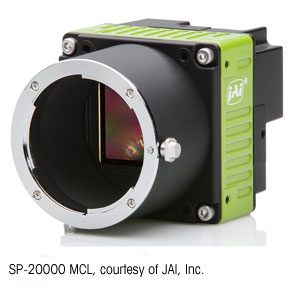
We are facing a potentially exponential increase in the amount of data manufacturing systems will handle as vision systems, batch control, regulatory compliance, quality management and more will mean that the amount of data those networks have to handle is going to rocket.
As a result, we require sufficient bandwidth to allow for this increased use. At present, CC-Link IE is the only industrial automation networking technology that can provide a gigabit (1 Gbit/s) of bandwidth, which makes it exceptionally well placed to deal with the demands of Industry 4.0.
To find an example of how data intensive these applications can be one only has to look at the needs of the leading Korean flat panel display manufacturers. Their tolerance for so-called ‘dead pixels’ is almost zero. To put this into perspective, a modern HD screen has 1080 vertical pixels horizontally and 1920 vertically. That’s 2,073,600 pixels on each unit. The manufacturing processes have to check each of these pixels, hundreds of times a day to ensure quality and control yield. It’s easy to see how quickly applications like this will generate vast volumes of data.
As another example, the global automotive industry produces countless different combinations of each in-vehicle model at an incredible rate. It’s typical for an assembly plant to produce a complete vehicle at a rate of more than one per minute.
refer to:http://www.connectingindustry.com/automation/the-networking-implications-of-industry-40.aspx




